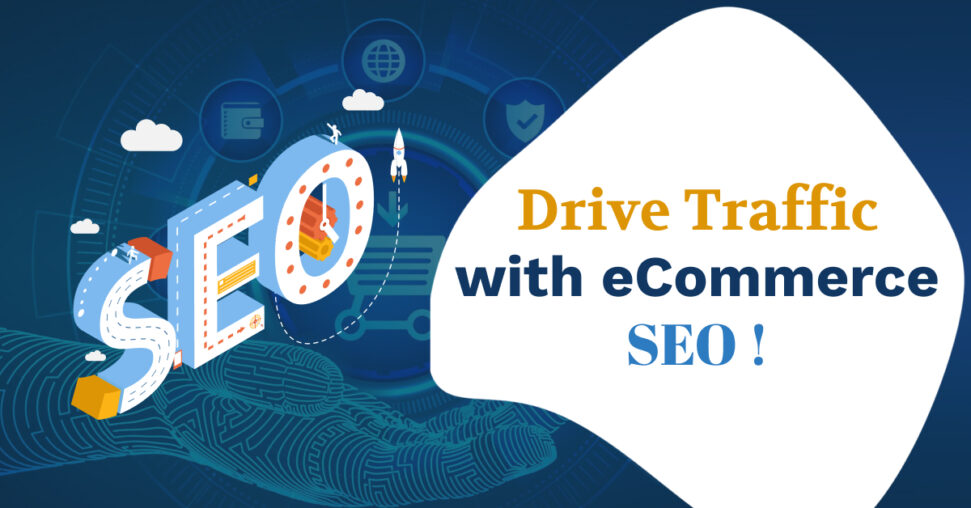The online fashion industry is booming, with millions of customers browsing daily for clothes, shoes, and accessories. But with high competition and ever-changing trends, fashion brands must be strategic. If you own a fashion store, it’s essential to learn how to scale fashion e-commerce stores by selling online worldwide and locally.
In this article, you’ll discover how to grow your reach, attract loyal customers, and position your brand for long-term success both near and far.
Why Focus on Fashion E-Commerce?
Here’s why the fashion sector is a golden opportunity:
- Massive global demand:
Fashion is a universal need across cultures and demographics. - Impulse buying behavior:
Unlike other industries, fashion purchases often happen on emotional impulse, especially online. - Strong repeat customer potential:
Satisfied fashion customers often return for new collections and seasonal launches.
✅ By targeting both local and international audiences, your brand can scale exponentially.
Selling Fashion Locally: Building Community and Loyalty
1. Localize Your Collections
Offer products tailored to local tastes, seasons, and cultural events.
Example: Special collections for regional festivals or climate-specific apparel (like warm coats for colder regions).
✅ Localization creates emotional connections with your audience.
2. Boost Local SEO and Discovery
Strategies to improve local discoverability:
- Add city-based keywords to product descriptions (e.g., “summer dresses in Miami”)
- Create local landing pages for major cities
- Get listed in local business directories
✅ Customers are more likely to trust and buy from stores they recognize locally.
3. Host Pop-Up Events
If possible, combine your online presence with occasional pop-up shops in your area to:
- Showcase new collections
- Build personal relationships
- Collect valuable customer feedback
✅ Events amplify your local brand presence while driving online traffic.
Selling Fashion Worldwide: Capturing Global Markets
1. Embrace Multi-Language and Currency Support
Translate your website into key languages based on your target markets (e.g., Spanish, French, German).
Enable shoppers to pay in their local currencies.
✅ Localization can increase conversion rates by up to 70% compared to English-only sites.
2. Offer Size Guides and Detailed Product Information
Fashion sizing differs globally. Provide:
- Conversion charts (e.g., US to EU sizes)
- Detailed fabric descriptions
- High-quality images from multiple angles
✅ Accurate information reduces return rates and increases buyer confidence.
3. Partner with Global Fulfillment Services
Use fulfillment networks like ShipBob, DHL, or Shopify Fulfillment Network to:
- Offer reliable international shipping
- Manage inventory across multiple warehouses
- Speed up delivery times
✅ Customers love quick, hassle-free delivery — no matter where they live.
Unique Challenges Fashion Brands Face
Fashion e-commerce isn’t without hurdles:
1. High Return Rates
Clothing and footwear have higher return rates than many other products (often 20–30%).
Solutions:
- Provide clear return policies
- Offer virtual fitting rooms or AR try-on solutions
- Showcase user-generated content to show real-life fits
2. Rapidly Changing Trends
Fashion moves fast. What’s hot today might be outdated tomorrow.
Solutions:
- Use trend forecasting tools (like WGSN)
- Launch limited-edition collections
- Collaborate with influencers for quick trend adoption
3. Fierce Competition
Thousands of online boutiques pop up every month.
Solutions:
- Build a strong brand identity
- Focus on unique designs or sustainable fashion
- Tell a compelling brand story through your website and marketing
Best Strategies for Fashion E-Commerce Success
1. Build a Strong Brand Story
Shoppers buy from brands they relate to. Highlight your brand values — whether it’s sustainability, craftsmanship, affordability, or inclusivity.
✅ Emotional branding drives loyalty.
2. Leverage Influencer and Affiliate Marketing
Partner with fashion influencers and bloggers to:
- Reach niche communities
- Showcase your products authentically
- Drive social proof and credibility
✅ Fashion shoppers trust peer recommendations over direct ads.
3. Launch Seasonal Campaigns
Capitalize on seasonal trends like:
- Summer collections
- Holiday gift guides
- Back-to-school promotions
✅ Seasonal marketing keeps your brand top-of-mind all year round.
Popular Online Channels to Expand Your Fashion Brand
Besides your Shopify, WooCommerce, or Magento store, also consider:
- ASOS Marketplace (for indie brands)
- Zalando (for Europe)
- Farfetch (for premium fashion)
- Amazon Fashion (for broader exposure)
- Etsy (for handmade or unique items)
✅ Omnichannel selling expands your reach dramatically.
Real Example: A Boutique Brand’s Global Rise
Case Study:
A small streetwear brand from Toronto started by selling locally through pop-ups and Instagram ads. They built strong local SEO around Toronto fashion trends.
After enabling Shopify’s multi-currency feature and collaborating with UK influencers, they saw their international sales grow by 200% in 18 months, shipping to over 20 countries.
Final Thoughts
Fashion e-commerce is one of the most exciting spaces to be in — but it’s also extremely competitive. The brands that succeed are those that master the art of selling online worldwide and locally.




